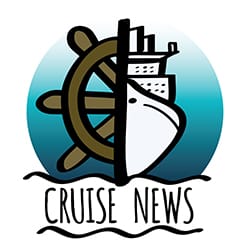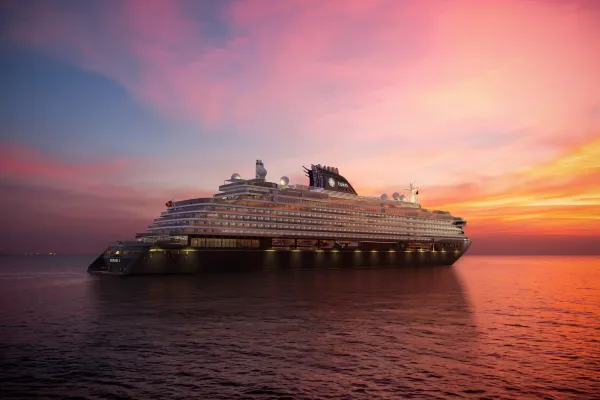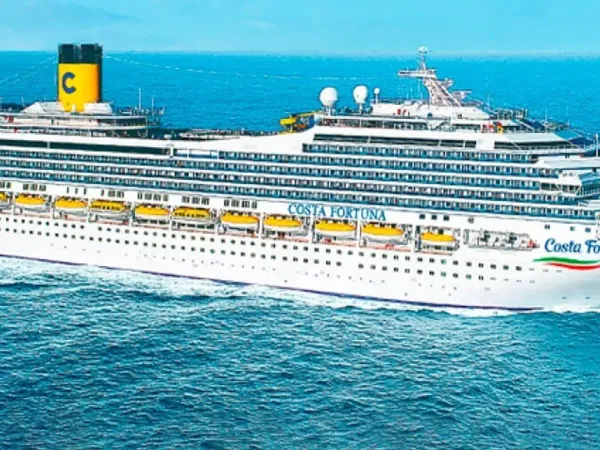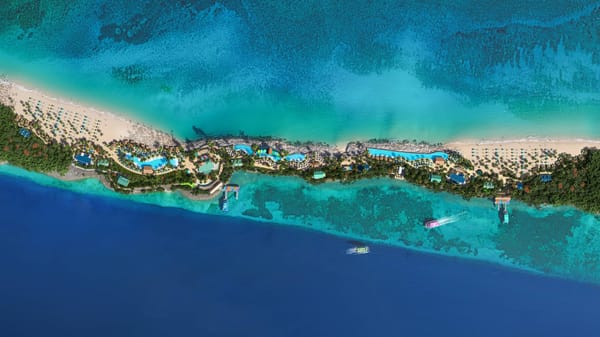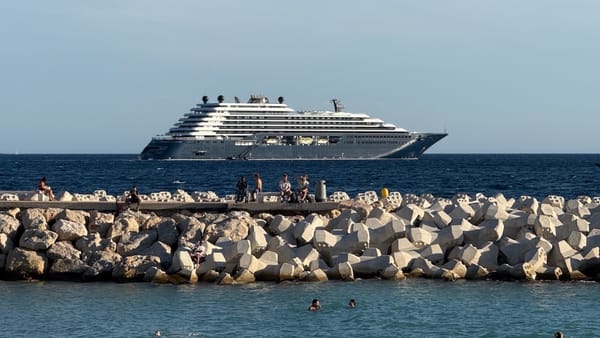Port Canaveral Boosts Parking, Traffic Controls as Cruise Passenger Surge Continues
With mega-ships drawing more visitors than ever, Port Canaveral is balancing record-setting growth with major investment in parking, roads, and traffic control to ease peak day congestion.
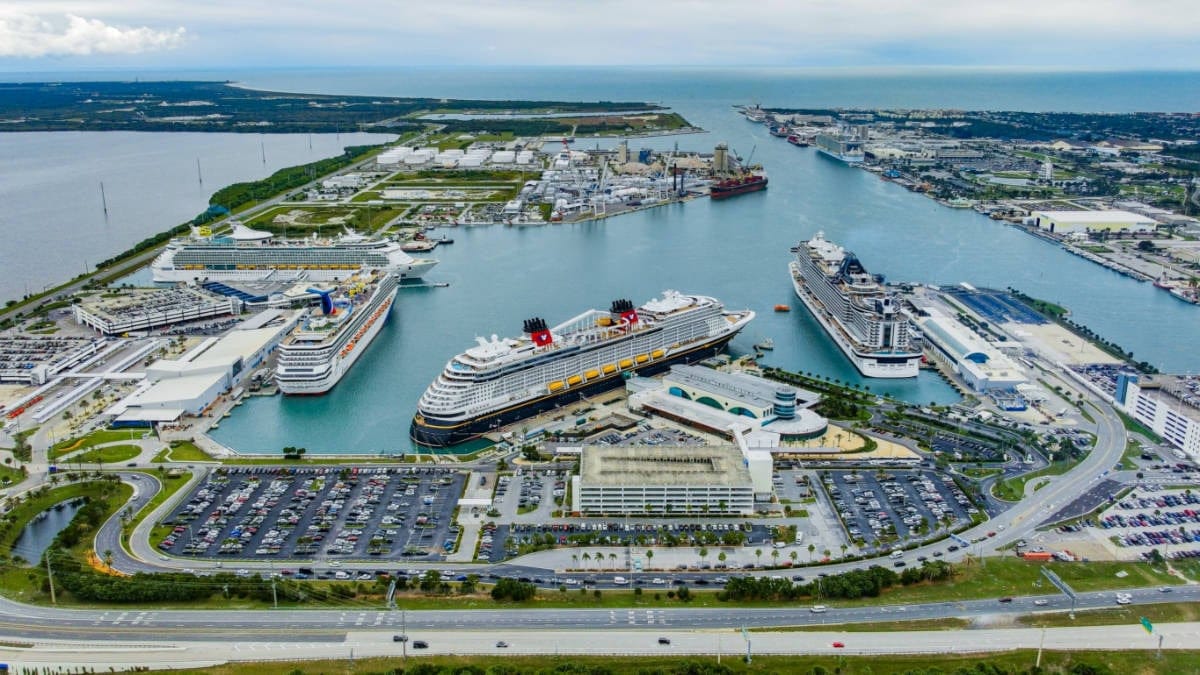
Port Canaveral, one of the busiest cruise ports worldwide, is preparing for an estimated 9 million passengers in the upcoming fiscal year, a 7% increase from the previous year’s record of 8.4 million. While this growth solidifies Port Canaveral’s position as a top global cruise destination, it has also heightened concerns about traffic congestion, infrastructure strain, and operational challenges, particularly on five- and six-ship days when major cruise liners like Carnival’s Mardi Gras and Royal Caribbean’s Star of the Seas are docked simultaneously.
Record Passenger Numbers Push Infrastructure to Its Limits
With the surge in passenger volume, Port Canaveral faces mounting pressure to upgrade its infrastructure and manage the strain on roadways leading to the cruise terminals. Traffic backups have become increasingly common on peak days when multiple large ships dock simultaneously. Port commissioners have acknowledged the challenging situation, describing traffic issues as the “elephant in the room.” More frequent five- and six-ship turnarounds are expected in the coming year, further magnifying the congestion.
Infrastructure Investments and Traffic Control Measures
In response to these challenges, Port Canaveral has committed substantial resources to a series of infrastructure enhancements aimed at reducing congestion and improving vehicle flow. A new parking garage capable of accommodating 3,000 vehicles will replace an older facility currently undergoing demolition. This expansion will be paired with terminal modernizations and roadway upgrades to streamline passenger movements during peak hours.
A key focus for the port involves deploying additional traffic control measures, including hiring off-duty sheriffs’ deputies to manage vehicle flow during high-demand periods. Studies are also being conducted to gain insights into traffic patterns, parking demand, and curbside management, ensuring efficient operations as passenger numbers continue to rise. Port officials are working closely with the Florida Department of Transportation to address regional traffic challenges affecting access to terminals and surrounding areas.
Economic Growth Brings Challenges
The port’s increasing passenger numbers are contributing to economic growth, including higher tourism spending and port revenues. However, these developments are accompanied by operational and financial challenges. Port CEO Capt. John Murray has proposed raising daily parking fees from $17 to $20, which, if approved, would be the first increase since 2017. The added revenue would help finance infrastructure upgrades and the hiring of additional traffic control personnel. “These measures are necessary to ensure we sustain our growth while maintaining operational efficiency,” Murray said.
Adding to the complexity, recent tariffs have raised the costs of various imported components used in the construction and operation of the port’s facilities. While not directly impacting traffic congestion, these tariffs could delay or increase the overall financial burden of infrastructure projects, further testing the port’s ability to manage its expanding footprint.
Larger Ships Transform Port Canaveral’s Status
Port Canaveral’s prominence has grown with the arrival of mega-ships like Carnival's Mardi Gras and Royal Caribbean's Star of the Seas. These vessels consistently draw thousands of passengers per sailing, concentrating vehicle arrivals and departures into narrow timeframes that strain terminal approaches and parking facilities.
The deployment of such large ships has established the port as a leading global cruise hub, with some of the busiest passenger volumes worldwide. However, the operational demands of accommodating this scale have amplified the urgency for scalable solutions. Investments in expanded parking capacity, additional traffic control, and collaborative efforts with regional transportation agencies are central to addressing these needs.
Community Concerns and Short-Term Impacts
The surge in cruise traffic has also prompted concerns among nearby residents in Cape Canaveral and surrounding areas. Peak travel days often result in traffic delays that frustrate local stakeholders. Port Canaveral has promised updates through community meetings where timelines for infrastructure projects and mitigation strategies will be outlined. Additionally, officials are bracing for short-term disruptions during the construction phase, including limited parking availability as the existing garage is demolished to make room for the new 3,000-space facility.
Port advisories have recommended that travelers plan ahead during construction and peak travel days. Guests are encouraged to arrive early, follow wayfinding signs and traffic instructions from deputies near terminals, monitor alerts for updates, and consider alternatives like shuttles or ride-share services to alleviate parking demand.
Frequently Asked Questions (FAQs)
Why is traffic congestion increasing at Port Canaveral?
Traffic congestion is intensifying due to a projected 7% increase in passenger volume, with estimates reaching 9 million passengers in the upcoming fiscal year. Larger cruise ships and more frequent five- and six-ship days concentrate arrivals and departures, straining terminal roadways and parking facilities during peak hours.
What infrastructure projects are being implemented to address traffic and parking issues?
Port Canaveral is constructing a new 3,000-space parking garage to replace an older facility, upgrading terminal roadways, and conducting operational studies to enhance traffic flow. The port is also collaborating with the Florida Department of Transportation to implement broader regional improvements, while hiring off-duty sheriffs’ deputies to manage vehicular traffic during peak travel times.
What is the proposed parking fee increase and why is it necessary?
The port has recommended raising daily parking fees from $17 to $20, its first rate adjustment in six years. The additional revenue will support ongoing investments in parking facilities, traffic management operations, and infrastructure upgrades to accommodate growing passenger numbers.
How will construction projects affect parking access in the short term?
During the demolition and rebuilding of the 3,000-space parking garage, short-term disruptions are expected, potentially limiting available parking at the port. Travelers are advised to plan ahead by checking advisories for updates and considering alternative transportation options such as shuttles or ride-share services.
What types of ships are driving the growth at Port Canaveral?
The significant passenger volume increase at Port Canaveral is largely due to deployment of mega-ships, including Carnival's Mardi Gras and Royal Caribbean's newly launched Star of the Seas. These larger vessels bring thousands of passengers to the terminal curbs and parking garages during tight timeframes, requiring advanced traffic and parking solutions to manage the influx effectively.
